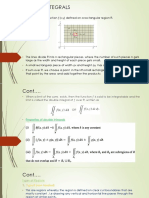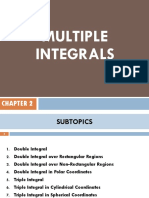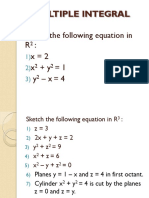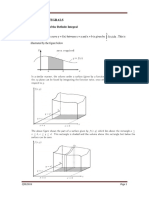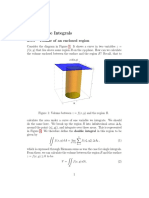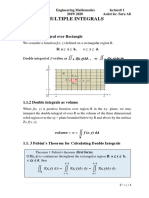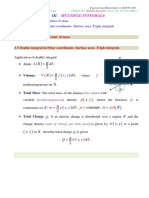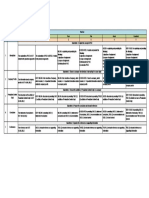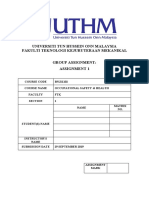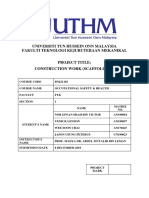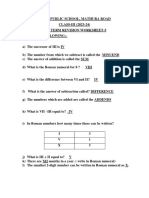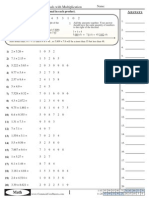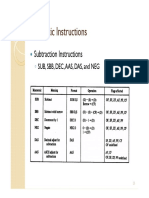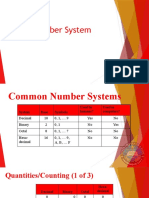0% found this document useful (0 votes)
96 views7 pagesChapter 2 Multiple Integrals
This document discusses multiple integrals and their various forms and applications. It introduces common integral symbols used to represent single, double, and triple integrals over specific domains. It also covers iterated integrals, different coordinate systems for integrals including Cartesian, polar, cylindrical and spherical coordinates. Applications of double and triple integrals include calculating areas, volumes, surface areas and mass. Iterated integrals are discussed along with examples of changing the order of integration.
Uploaded by
Wee Soon ChaiCopyright
© © All Rights Reserved
We take content rights seriously. If you suspect this is your content, claim it here.
Available Formats
Download as PDF, TXT or read online on Scribd
0% found this document useful (0 votes)
96 views7 pagesChapter 2 Multiple Integrals
This document discusses multiple integrals and their various forms and applications. It introduces common integral symbols used to represent single, double, and triple integrals over specific domains. It also covers iterated integrals, different coordinate systems for integrals including Cartesian, polar, cylindrical and spherical coordinates. Applications of double and triple integrals include calculating areas, volumes, surface areas and mass. Iterated integrals are discussed along with examples of changing the order of integration.
Uploaded by
Wee Soon ChaiCopyright
© © All Rights Reserved
We take content rights seriously. If you suspect this is your content, claim it here.
Available Formats
Download as PDF, TXT or read online on Scribd
/ 7










